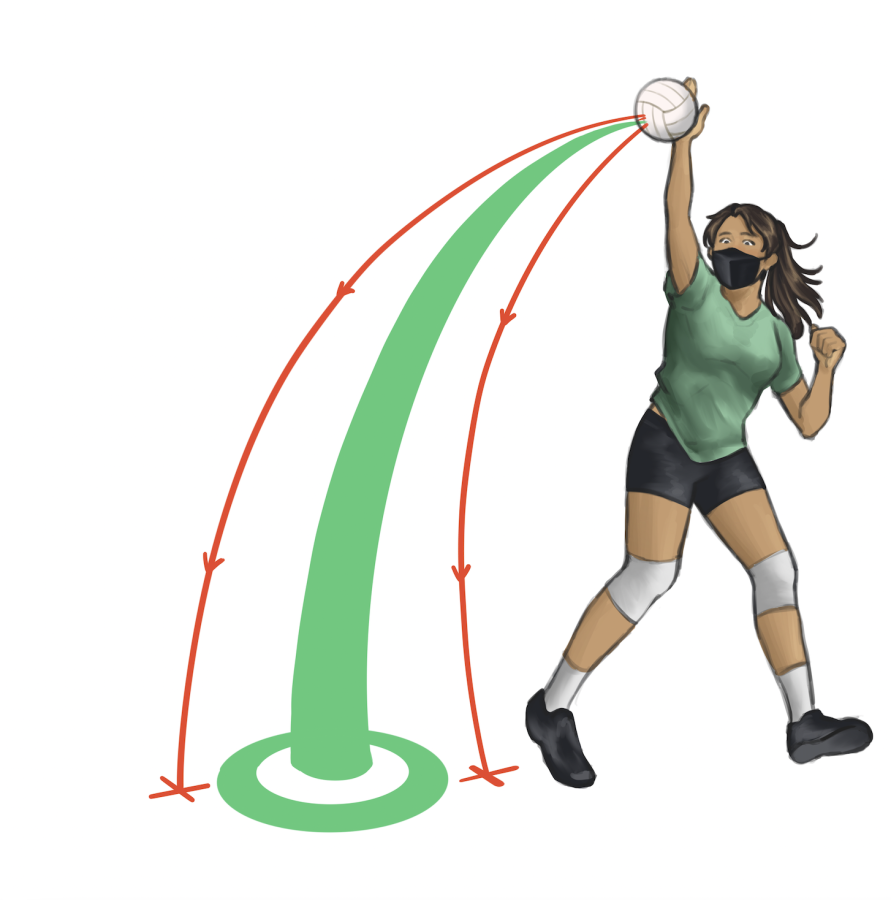The San Francisco Giants, who missed the Major League Baseball playoffs last season, currently hold the winningest record in the league this season. Three years into his tenure as the President of Baseball Operations for the team, Farhan Zaidi has revolutionized the team by following and analyzing the numbers, a process called sports analytics.
Hunter Satterthwaite, the Director of Baseball Operations and Data Analytics at the University of Michigan, defines sports analytics as “using numbers in order to improve team and personal performance.”
The utilization of data is a growing trend in the sports world, with the global sports analytics market expected to grow at 21.8% each year over the next seven years. Satterthwaite says the majority of teams, especially in professional sports, already utilize analytics, and it has become a fundamental part of sports.
“Most teams have figured out the correct way to optimize pretty much everything from free agency to player performance,” he said. “And so it’s more of a detriment to an organization if you don’t use it, as opposed to [an advantage] if you do use it.”
Satterthwaite adds that analyzing data is more reliable than taking an eye-test on players.
“With using the data, you can get raw, concrete, unbiased numbers on them and on how they perform, so you are grading out players without biases,” he said. “That data is just more concrete.”
AP Statistics teacher Scott Friedland, who is an avid San Francisco Giants fan, has embraced sports analytics.
“As a statistics teacher, I enjoy it,” Friedland said. “I’ve always thought it’s cool, all the ways that general managers now are looking for that competitive edge. And they’re using statistics to get that competitive edge.”
He attributes the Giants’ success to the organization’s consonance in regards to having a data-driven mentality, pointing out the commitment Zaidi made towards appointing analytics-minded Gabe Kapler to be the team’s manager.
“What was really insightful was [Zaidi] putting people in place that shared his vision, so it’s a consistent vision across the organization,” Friedland said.
He also believes that sports analytics is an exceptional way for students to familiarize themselves with statistics.
“I think sports can be a wonderful and accessible jumping-off point for student projects because the barrier to entry to understanding what’s happening isn’t huge,” Friedland said.
The sports analytics craze has trickled down to high school sports. The Paly girls volleyball team uses visual maps of hitting tendencies and various ratings to identify areas for improvement as well as plan for upcoming opponents.
However, coach Chris Crader acknowledges that there needs to be a balance between examining the numbers and playing as a player. While he keeps track of many statistics and tendencies, he limits how much he shares with the team heading into a match.
“I don’t want to give them too much information where they’ve just got to go play. Don’t want to overload them, but you want to give them a few things,” Crader said.
While professional and college teams can utilize equipment costing tens of thousands of dollars to collect and analyze data, high school teams do not have the same budget. Instead, Crader says his team’s data is collected manually through programs like Data Volley and Hudl Assist. Both tools require people, either the assistant coach or freelance coders respectively, to watch the game videos and link statistics to those videos. As a result, his analytics have all been retrospective or predictive.
“We don’t have a lot of real time,” Crader said. “That’s a thought of something that could be the next level.”
Although it is hard to pinpoint exactly how much of an edge the analytics provide, he says it does make a difference.
“Good high school players definitely have tendencies, have favorite shots and have weaknesses,” Crader said. “So the more aware you can be of them, I think it helps your team win a point here, win a point there, and maybe that makes a difference in winning a set, maybe that makes a difference in winning a match.

